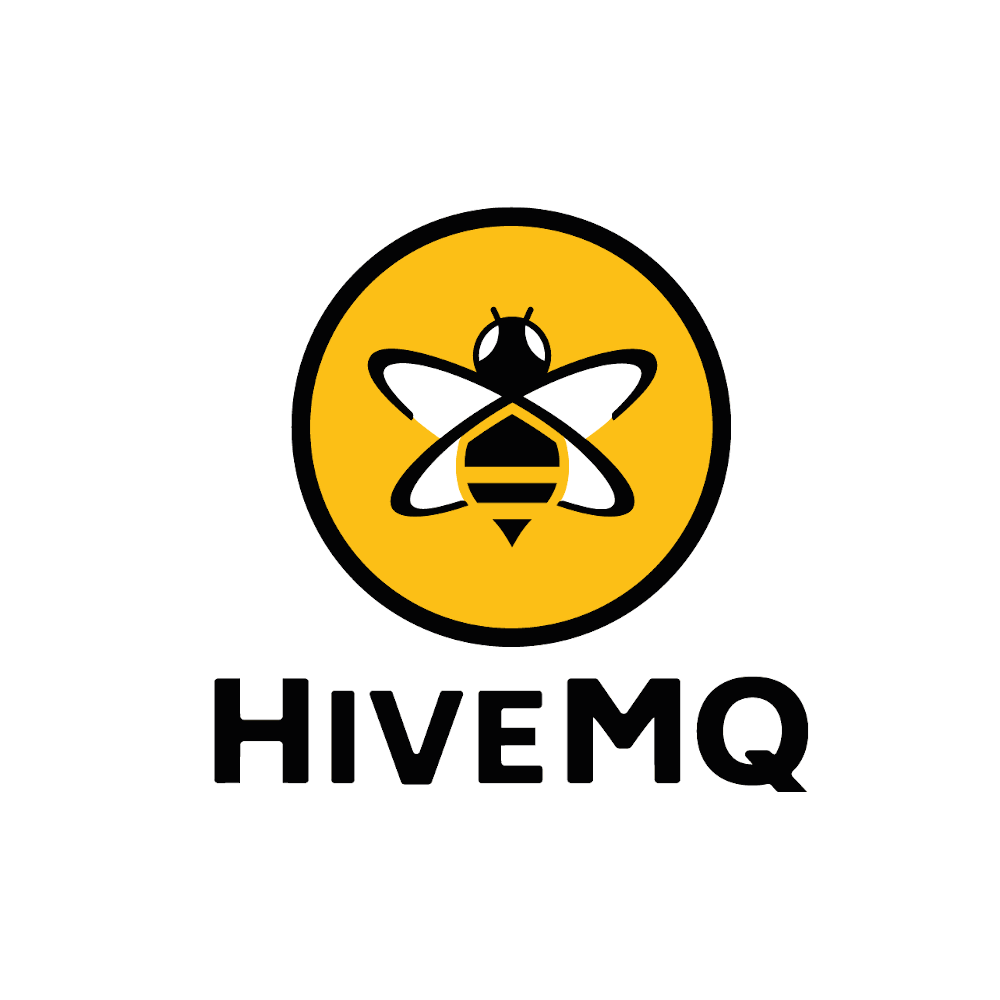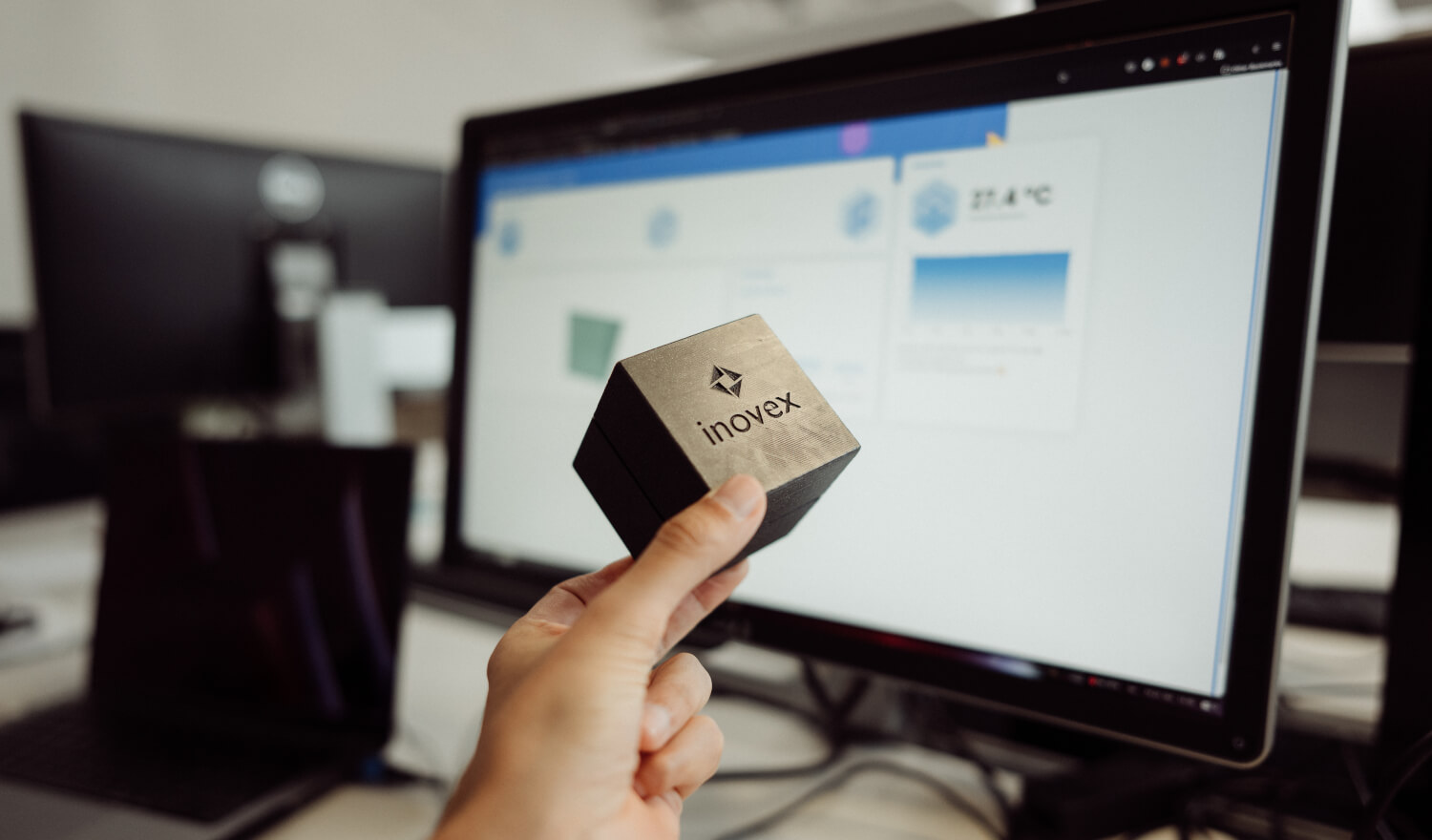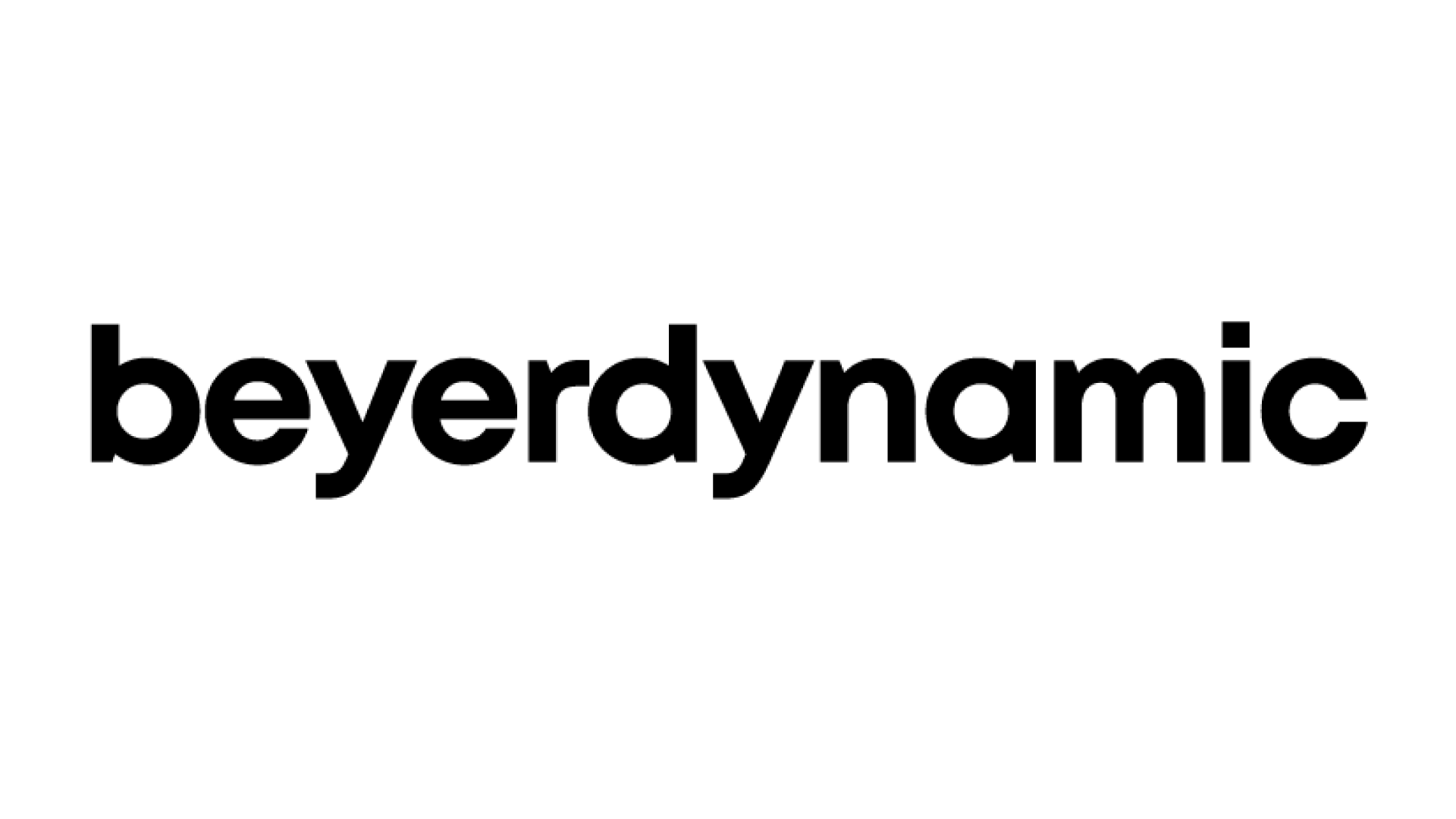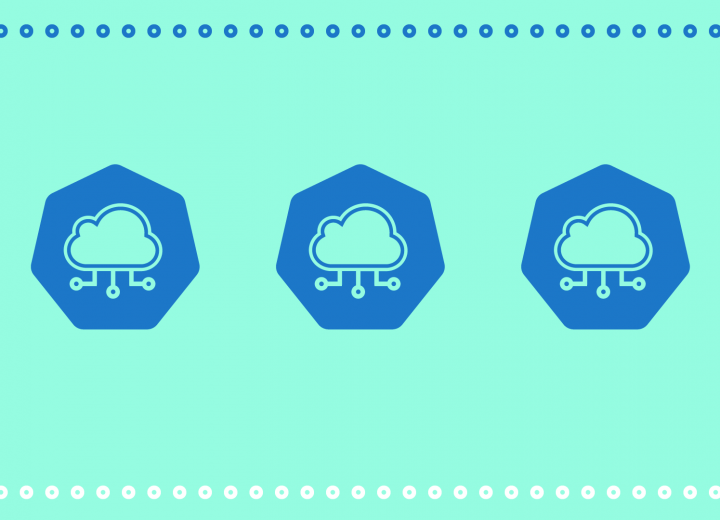The IoT is now an inescapable part of our everyday business and personal lives. In our homes, it facilitates digitised communication between users and networked everyday objects, such as cars, wearables, and kitchen appliances. In industry, the Industrial Internet of Things (IIoT) regulates the measurement, analysis, and control of processes. In this way, production as well as supply chains and logistics can be evaluated and controlled intelligently and automatically.

Many companies already have initial ideas on how to make their products “smart”. They are however, either struggling with implementation or have already experienced initial setbacks. This is not least due to the high complexity of the tasks.
In most cases, very large amounts of data must first be transferred either to the cloud or to the corporate data centre via established gateways and then the relevant data for a corresponding IoT use case must be stored in the data lake. The data can then be analysed and evaluated and, if necessary, the findings can be fed back. It should also be ensured that all these processes are protected against third-party access.
Digital twins are also frequently used in this process. They are a digital image of reality that can be used for visualization, simulation and control, but also to uncover previously unknown dependencies. This conceptual approach can be successfully applied to everything from individual devices to entire production halls. Together with our customer PRAMAC Storage Systems, we use a digital twin that maps the energy systems running in the field in the cloud for visualization and control purposes – we take a similar approach in the reference project Kosmos. Of course, data protection against third-party access must always be guaranteed in all these processes.
All in all, therefore, there is much more to an IoT project than simply uploading data to the cloud – and there are no “ready-to-wear” standard solutions.











